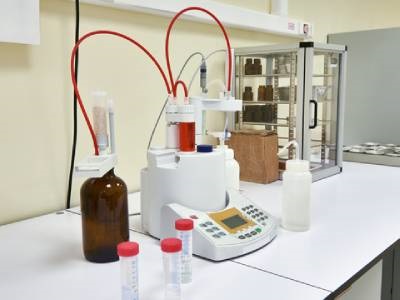
Regardless of the reaction used, all titration methods require the measurement and indication of the endpoint of the reaction, which occurs at or shortly after the equivalence point of the reaction depending on the indication method used. While the equivalence point is the point at which there is a chemically equivalent amount of the titrant and analyte in the solution, the endpoint is the time at which the indicator marks the end of the reaction through a color change or other signal. The measurement will be more precise the closer the endpoint is to the equivalence point.
The three most common methods used for reading the endpoint of a titration reaction are color-change (manual), potentiometric and thermometric. This article explains these three main methods, how they work and how to decide which method may be a good fit for your application.
Read more on Labcompare.